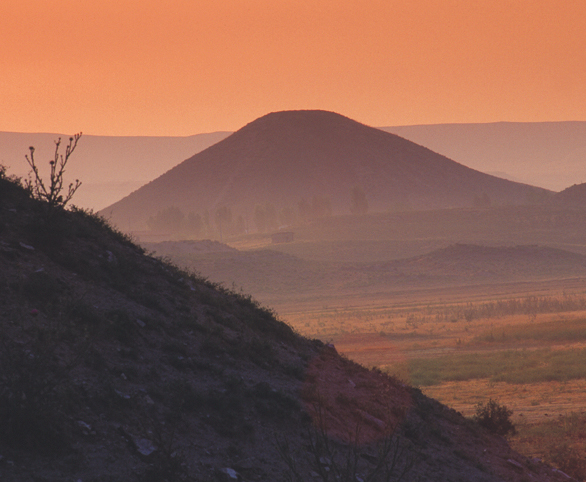Image Details

Photo by O. Louis Mazzatenta
In the early morning light, just outside ancient Gordion, looms the so-called Midas Mound—a huge burial tumulus 165 feet high and 1,000 feet in diameter that may have entombed the famous king mentioned in Greek myth (compare with photo of reconstructed face of “Midas”). University of Pennsylvania archaeologist Rodney Young excavated the mound in 1957; inside he found a wooden coffin containing the skeleton of a 60-year-old man surrounded by burial goods, including wood furniture, ornamental fibulae, textiles and bronzes. Because of the tumulus’s size and the richness of its contents, many believe that it was the tomb of Midas—a king mentioned in Assyrian and Greek sources as ruling the Anatolian kingdom of Phrygia in the late eighth century B.C.E.
